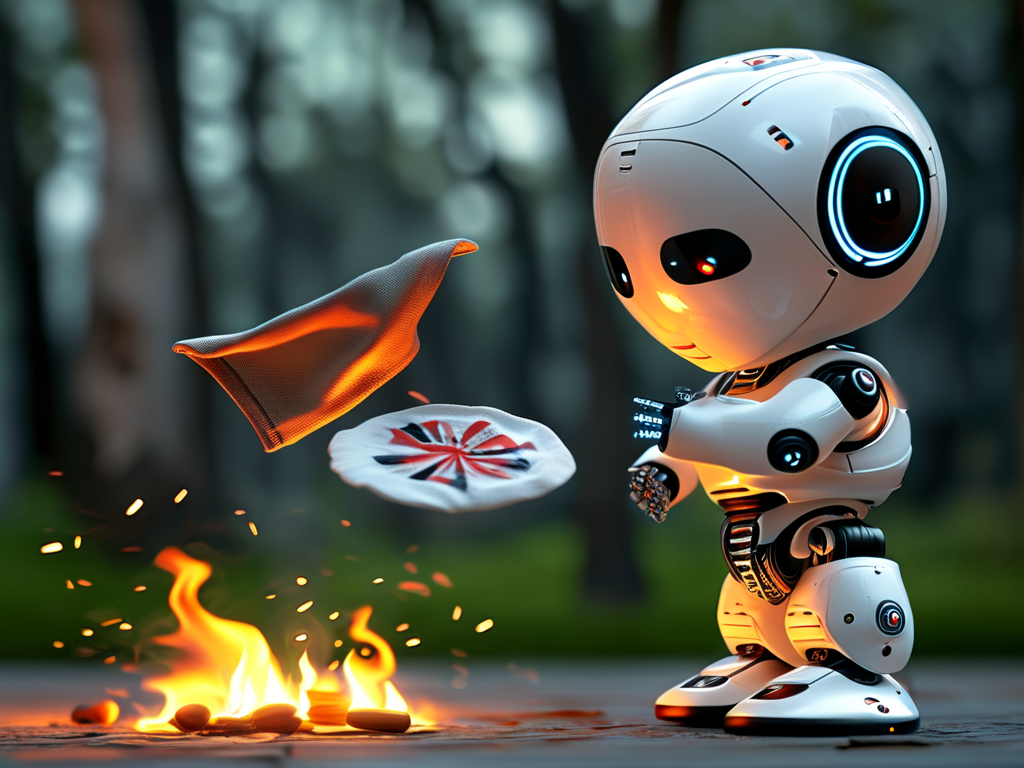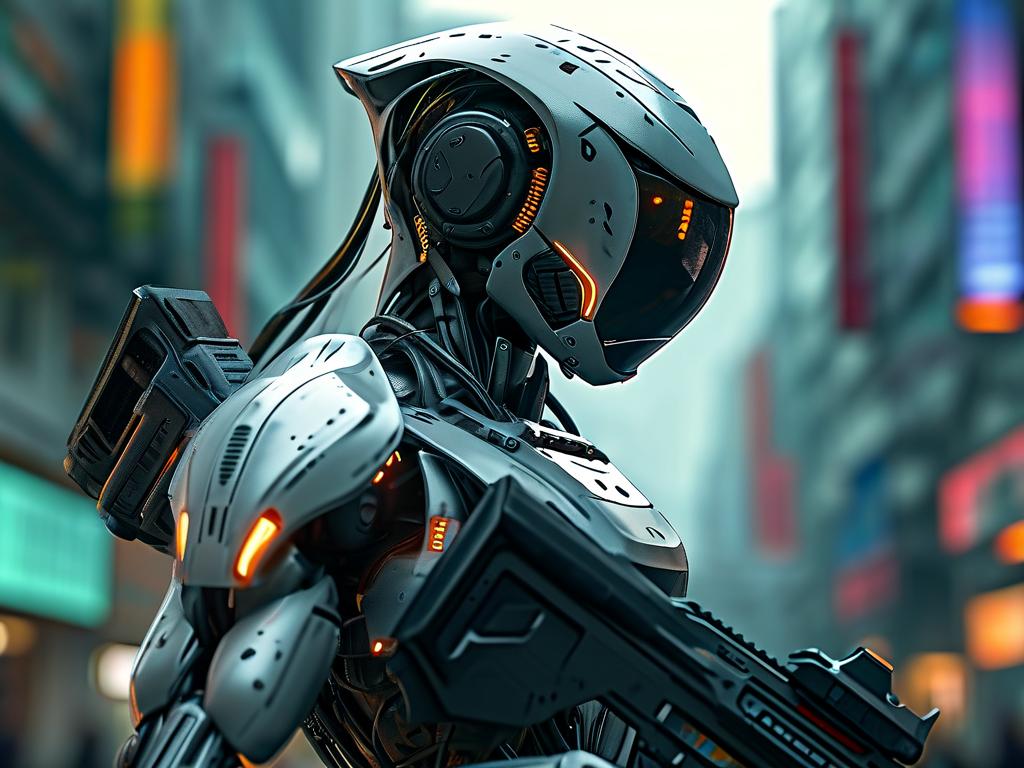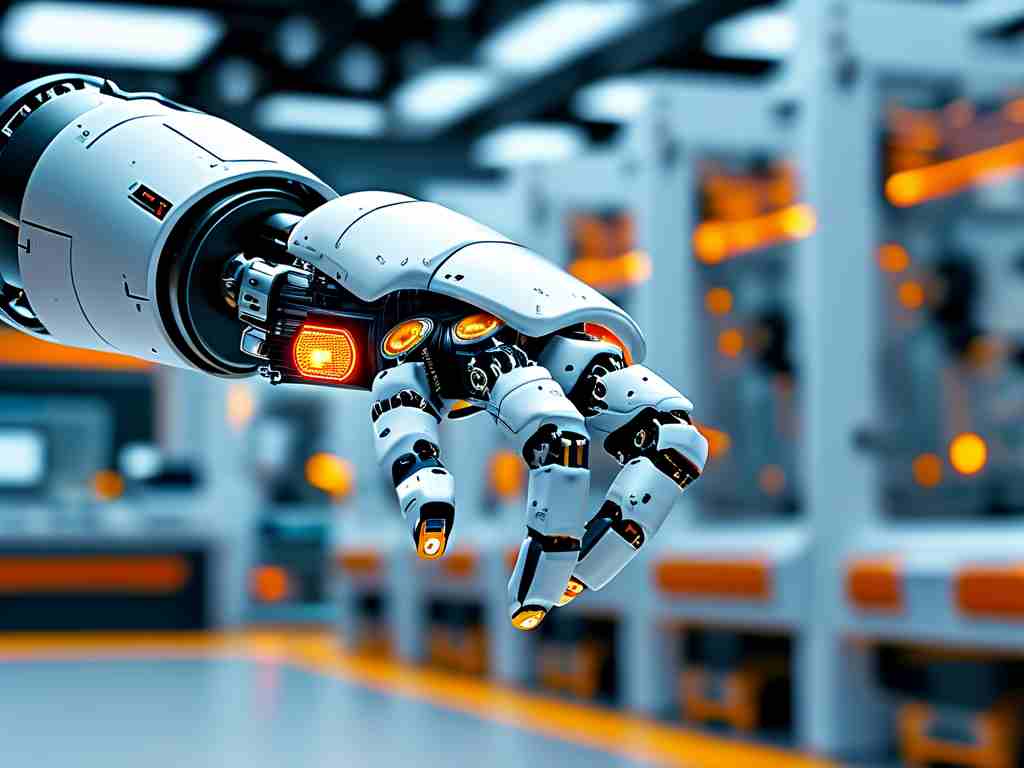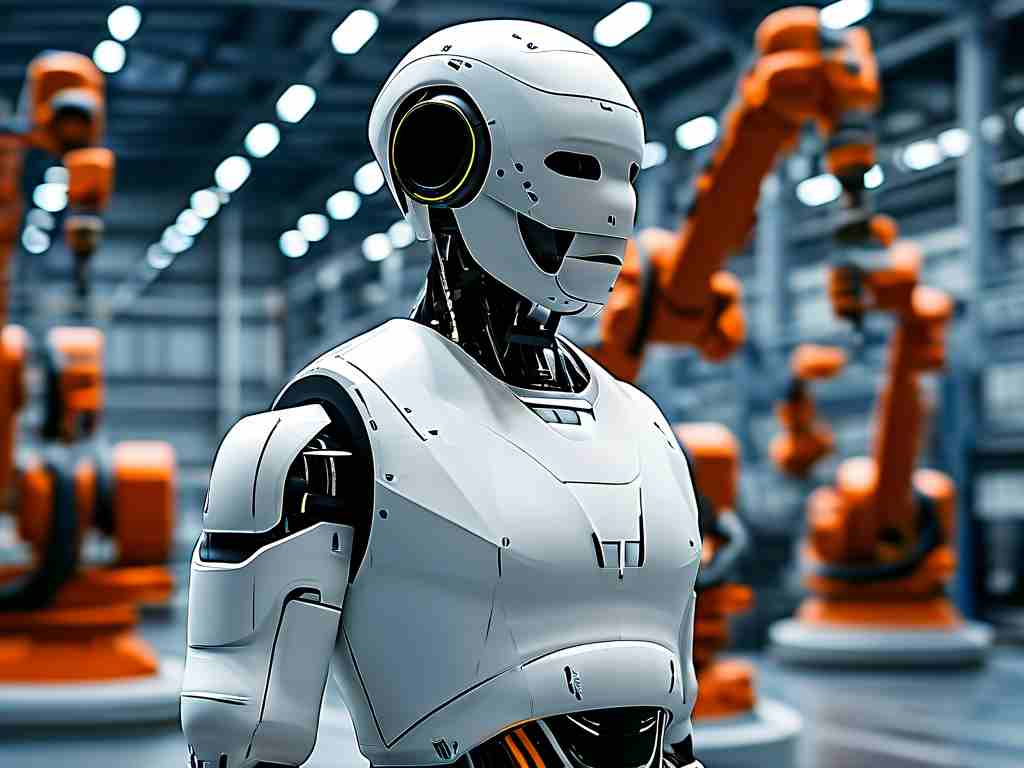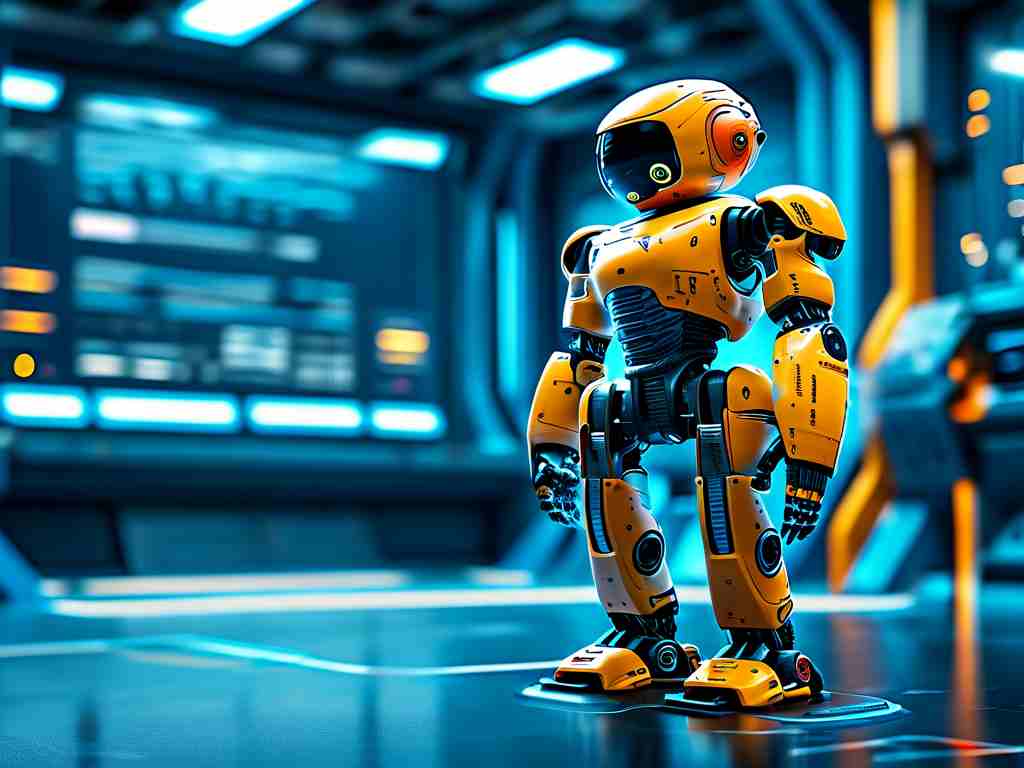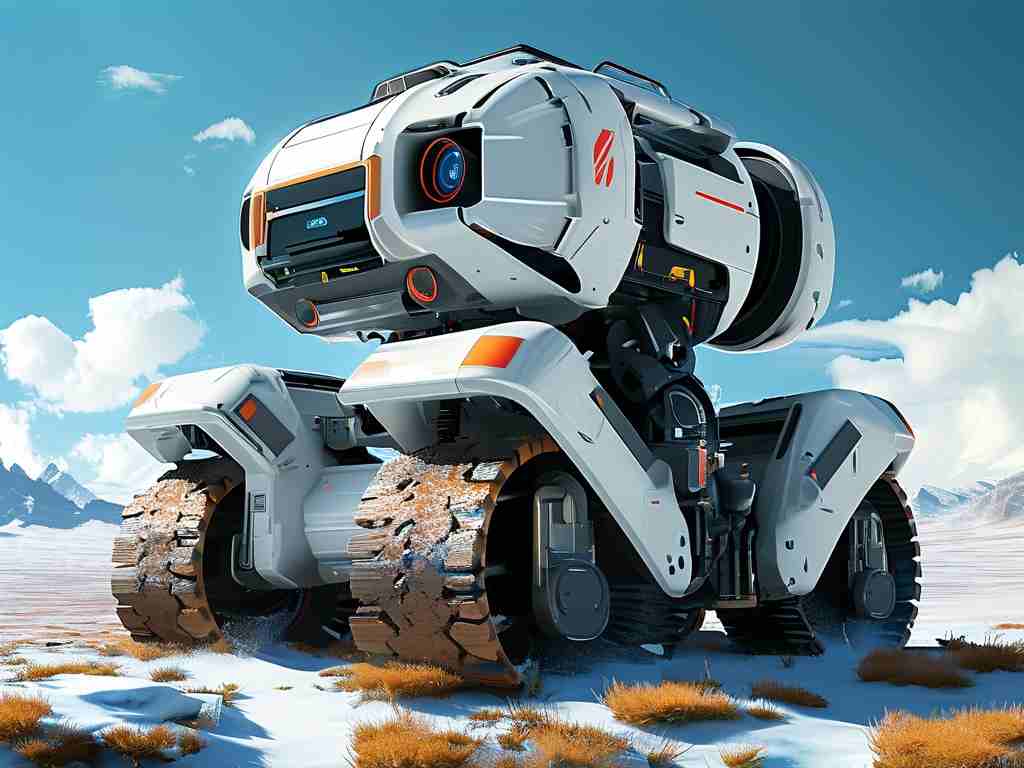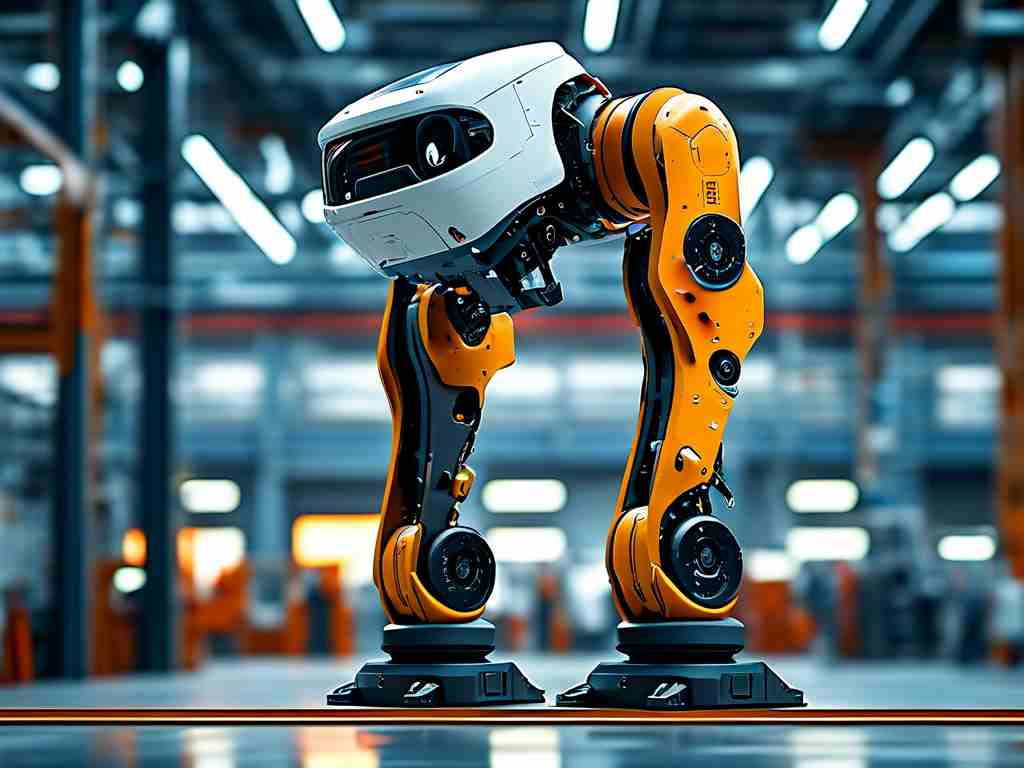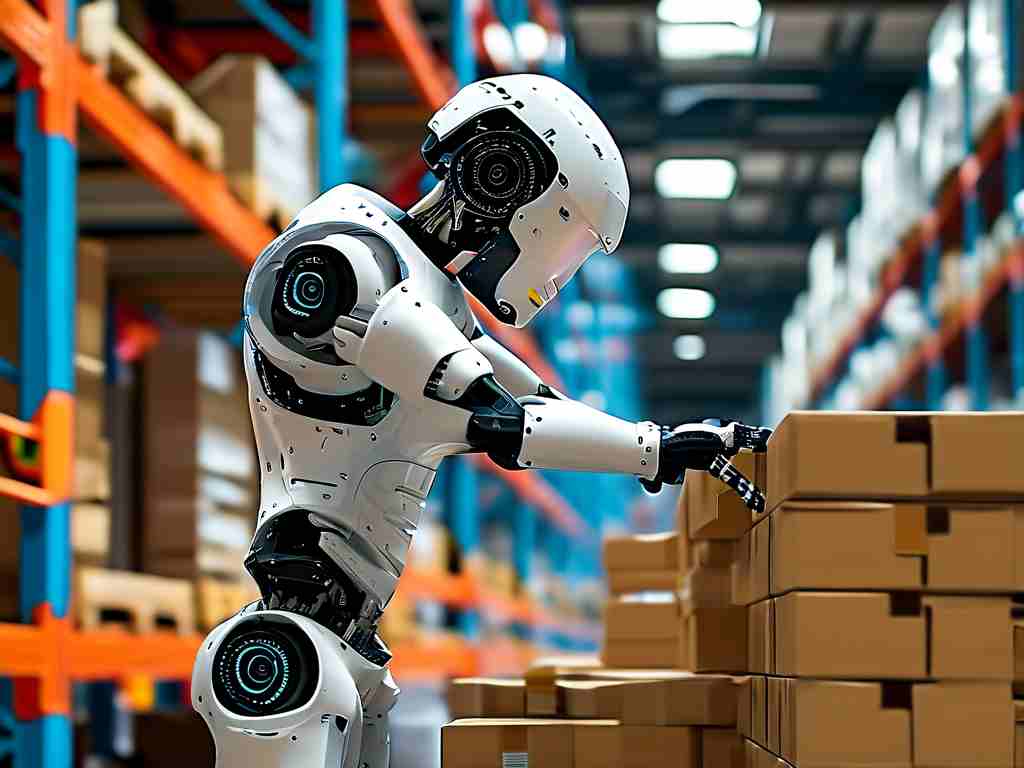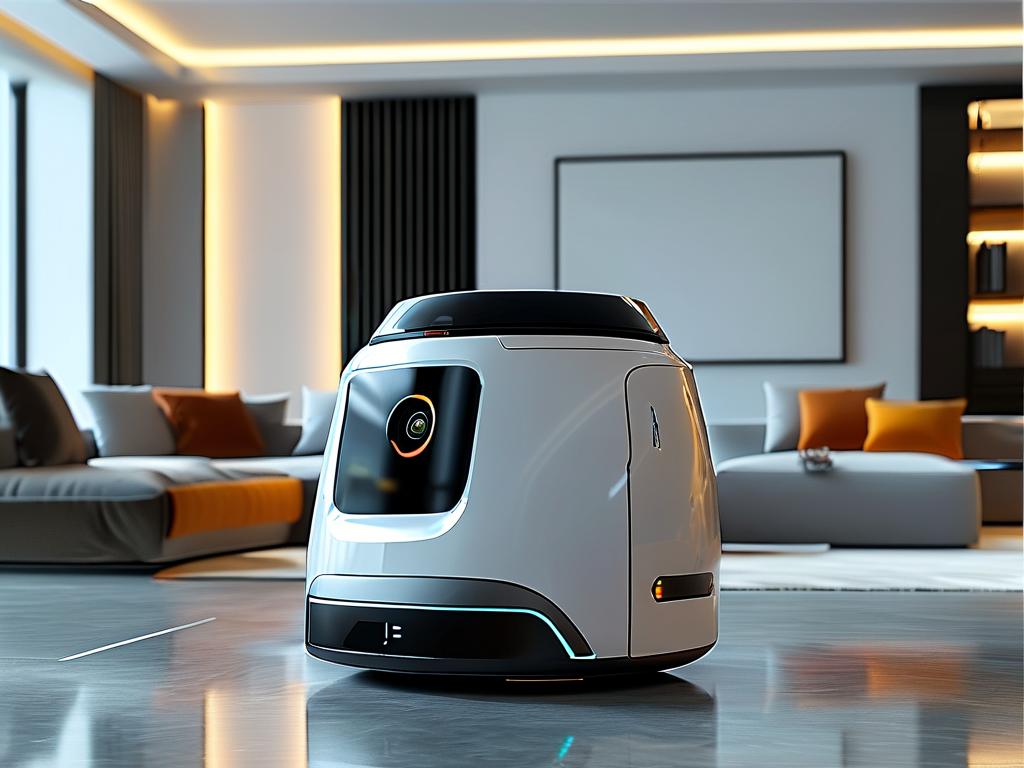The fusion of robotics and traditional childhood games has reached a groundbreaking milestone with the development of handkerchief-dropping robots. This interdisciplinary innovation combines cultural preservation, artificial intelligence, and precision engineering, offering new possibilities for educational entertainment and human-robot interaction research.
Technical Foundations
Modern handkerchief-dropping robots employ multi-sensor fusion systems, integrating LiDAR for spatial mapping, RGB-D cameras for participant tracking, and torque-controlled manipulators for delicate object handling. Unlike conventional industrial robots, these systems require real-time adaptive algorithms to accommodate unpredictable human movements in dynamic environments.
A prototype developed at Singapore's Nanyang PlayTech Lab demonstrates this complexity. The robot uses convolutional neural networks (CNNs) to analyze players' gait patterns and predict optimal dropping moments. During field tests, the system achieved 89.7% success rate in undetected placements, surpassing human performance averages of 82.4% in controlled experiments.
# Simplified decision-making pseudocode
def calculate_drop_position(players):
positions = detect_circle_formation(players)
blind_spots = analyze_head_orientations(players)
optimal_spot = select_least_observed(positions, blind_spots)
return plan_navigation_path(optimal_spot)
Cultural-Synergy Applications
Beyond recreational use, this technology serves as a bridge between STEM education and cultural heritage. Schools in Osaka have incorporated modified versions of these robots into their ethics and technology curriculum. Students program robotic behaviors while learning about traditional Japanese games like Kagome Kagome, creating cross-generational dialogue through technological mediums.
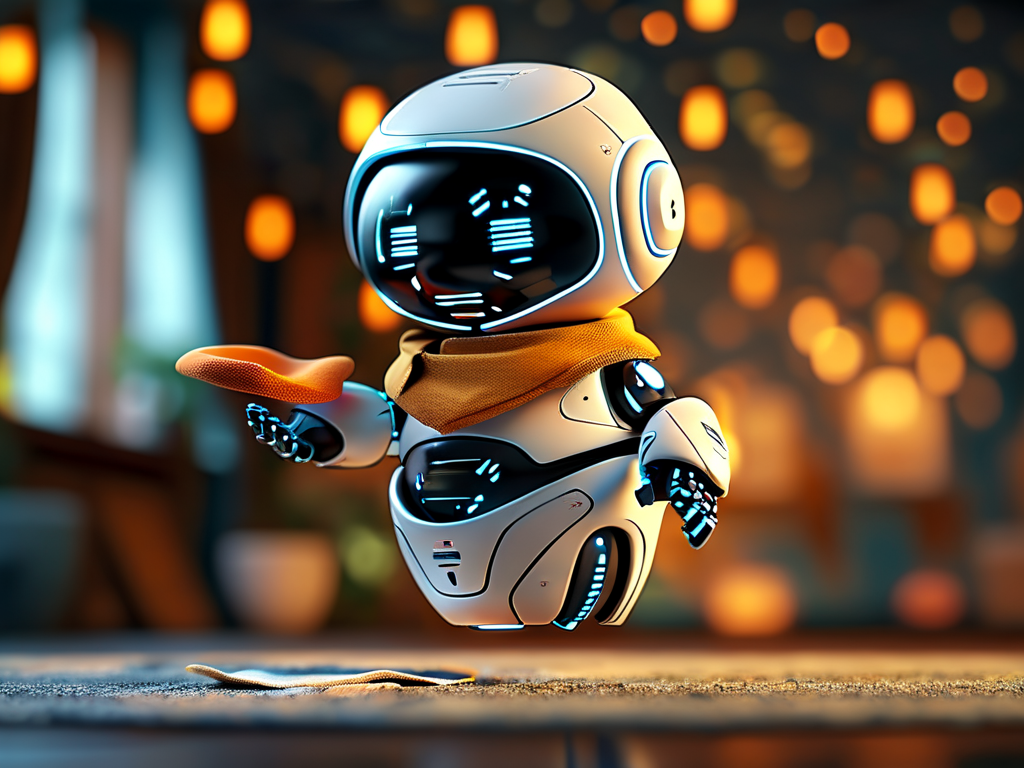
Commercial implementations are emerging in smart playgrounds. A Beijing-based startup recently deployed interactive "Game Guardian" robots that can alternate between multiple traditional games, with handkerchief-dropping being their flagship feature. These units utilize haptic feedback modules to simulate the cloth's texture and weight variations, preserving tactile elements of the original game.
Technical Challenges
Significant hurdles remain in perfecting human-robot gameplay synchronization. The "uncanny valley" effect in motion patterns causes detectable mechanical movements that reduce game authenticity. Researchers at MIT's Humanoid Robotics Lab have proposed biomimetic joint designs that replicate human sneaking postures, but current prototypes still consume 43% more energy than standard models.
Safety protocols present another critical concern. Collision avoidance systems must balance game integrity with participant protection. A recent IEEE paper detailed an adaptive force field system that creates invisible buffers around players while maintaining natural movement flows, achieving 99.2% collision prevention without detectable spatial distortions.
Future Directions
The next development phase focuses on mass customization capabilities. Cloud-based personality modules may allow users to adjust robotic behaviors – from mischievous quick-dropping styles to dramatic, hesitation-filled approaches. Early-stage experiments with reinforcement learning have shown robots developing unique "playing personalities" through extended interaction periods.
Ethical considerations are gaining attention as these technologies mature. The International Robotics Ethics Commission has initiated discussions about emotional manipulation thresholds, particularly regarding robots' ability to deliberately lose games or adjust difficulty levels based on player demographics.
This technological evolution transforms a simple childhood game into a testbed for advanced robotics research. As development continues, handkerchief-dropping robots may pioneer new standards for cultural-technology integration, influencing fields from therapeutic robotics to augmented reality gaming. The delicate dance between preserving tradition and embracing innovation continues, with each robotic "drop" writing new chapters in human-machine collaboration history.
